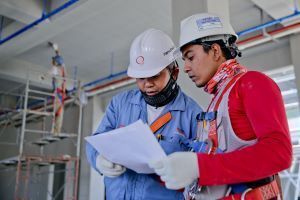This site is protected by reCAPTCHA and the Google Privacy Policy and Terms of Service apply.

 The 2024 virtual Men’s Round Table will be held Q4, 2024, date TBD.
The 2024 virtual Men’s Round Table will be held Q4, 2024, date TBD.
2023 Virtual Men’s Round Table was held on November 7th, 2023 via Zoom.
Recognized for its varied wildlife, sustainability efforts, adventurous and wellness pursuits and more, the country of Costa Rica (Travel + Leisure’s Destination of 2024) continues to produce the best and brightest in the hospitality industry. In the recently released Travel + Leisure World’s Best Awards 2024,
Always stay two steps ahead of your Competitors. Stay informed with the latest in the Industry.
This site uses cookies to ensure that you get the best user experience. By choosing “Accept” you acknowledge this and that ccr-mag.com operates under the Fair Use Act. Furthermore, Changing privacy laws now require website visitors from EEA based countries to provide consent in order to use personalized advertising or data modeling with either Google Ads & Analytics. Find out more on the Privacy Policy & Terms of Use Page